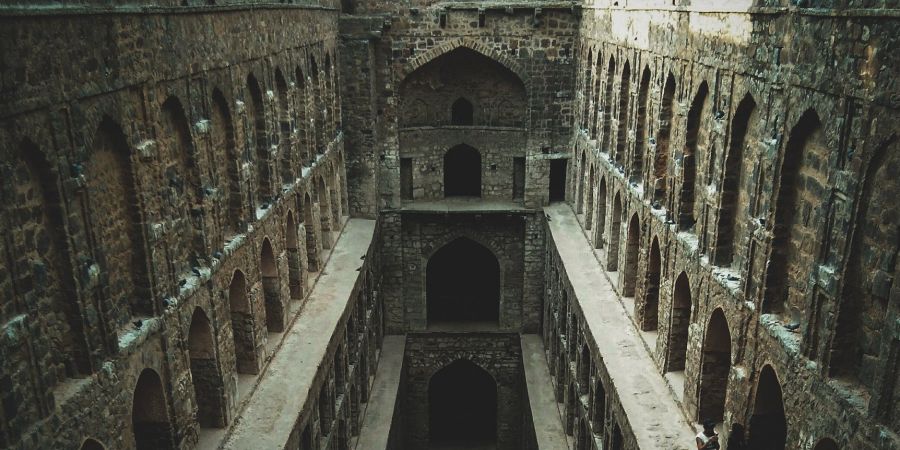

Hi everyone
Rani Ki Vav was built during the reign of the Chawurkiya dynasty. It is on the banks of the Saraswati river. "Udamati, the daughter of Narabaraha Kengala, Udamati, who overcomes the reputation of the Sahastralingga shell, surmounts Shuripatona (Patan) in 1304. I did it." Therefore, the Stepwell was in 1063 operations and completed 20 years later.
Generally, it was built by Queen Udayamati to commemorate Bima I (R. 1022-1064), probably after his death, he would have been completed by Udayamati and Karna, but she asked for. When it existed, it was controversial to exist. The police station will place a construction date in 1032 on the basis of the architectural similarity with the temple of Vimalavasahi in the ABU mountain built the same year. The Stepwell then flooded the Saraswati river and cast. Henry Cusense and James Burges visited him in the 1890s and were completely buried in the basement with only the pillars and a few pillars.
They explained it as a huge 87 -meter long well (285 feet). On a trip to Western India, James Todd said that Stepwell reused in a modern model, probably in another Stepwell built in Tricam Nai Vav (Bahadour Singin's Stepwell). In 1986, Indian archeological services (AS) conducted vast discovering and catering. UDAYAMATI images have also recovered during excavation. The restoration took place from 1981 to 1987. Raniki Vav is declared that it is an important monument for the state and is protected. It was registered on the UNESCO World Heritage List on June 22, 2014. He was named "Symbolic Cleaner Site" of India at the 2016 Indian Hygiene Conference.
Rani Ki Vav is considered one of the biggest examples of Stepwell construction in Gwarat. It is integrated into the summit of Stepwell Crafts and the style of architecture Maru-Gurjara, reflecting the domains of this complex technique, details and proportional beauty. Architecture and sculpture are similar to the Bimara Basahi temple in Mount Abu and the Temple of San de Modela. It is classified as a Nanda type stepwell. It is approximately 65 meters long, 20 meters wide, 28 meters deep. The fourth level is the deepest, which leads to a rectangular tank of 9.5 m (31 feet) x 9.4 m (31 feet) with a depth of 23 m (75 feet). The entrance is this, the well is at the west end, and has a 10 -meter diameter tree (33 feet) and a depth of 30 meters (98 feet). The Stepwell is divided into seven stages that lead to a deep circular well. The hierarchical corridor is regularly divided by a large floor column pavilion. The walls, pillars, pillars, support, and beams are decorated with sculptures, turns and turns. The niche on the side wall is decorated with a beautiful figure and sculpture in the water mark. Stepwell has 212 pillars. Since July 2018, the new Series of the 100 -pound MAHATMA GANDHI series has provided RANI KI VAV on the back.
Thank you,
please follow and give me ❤️


